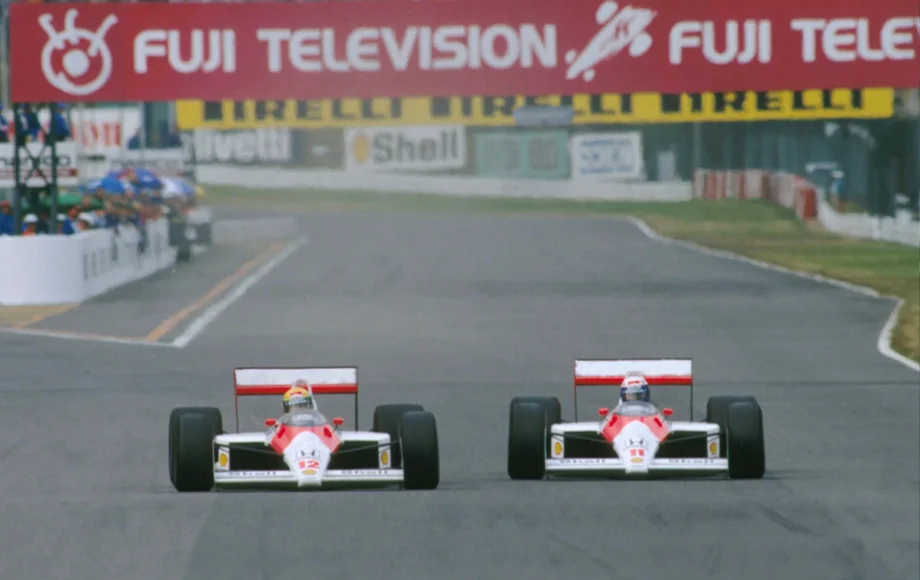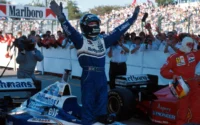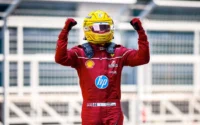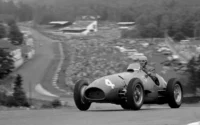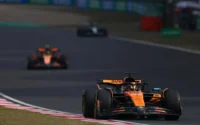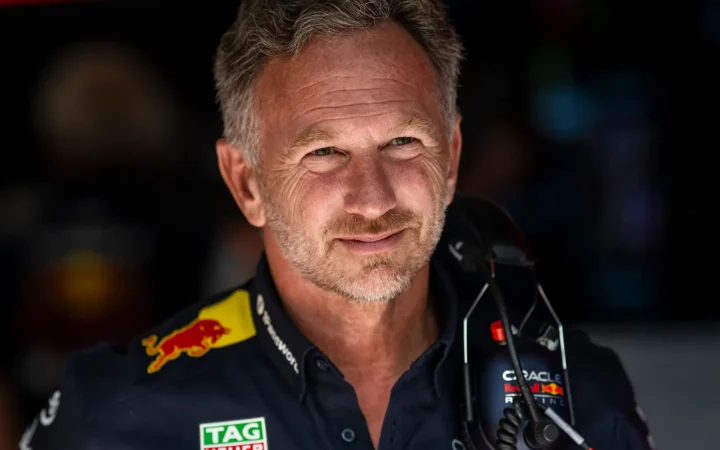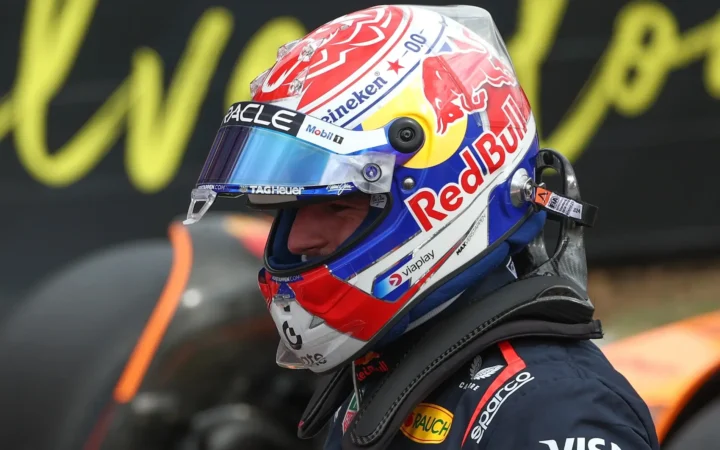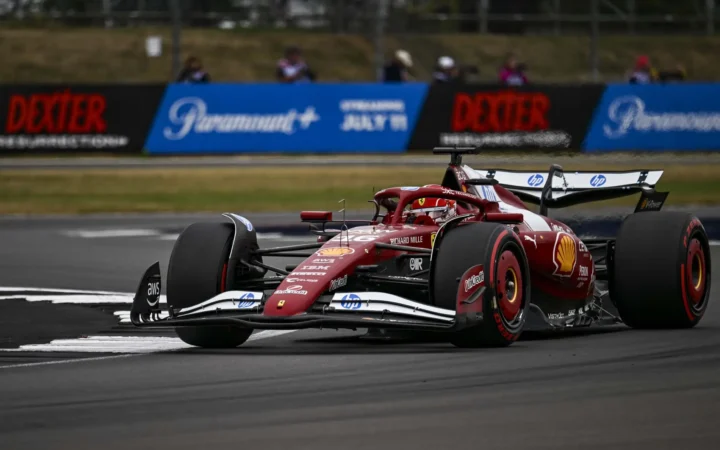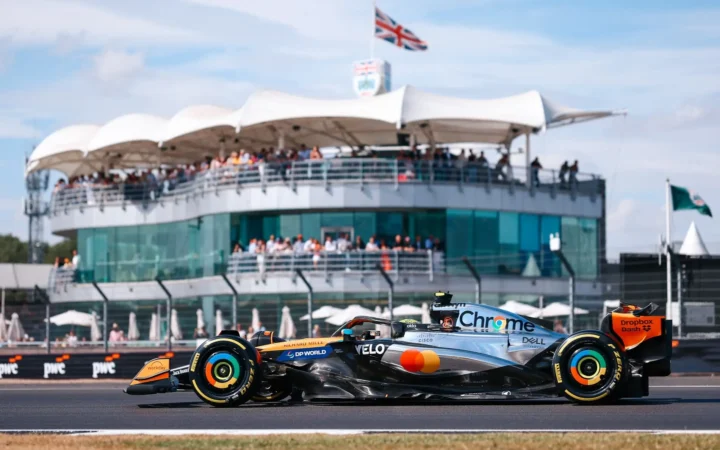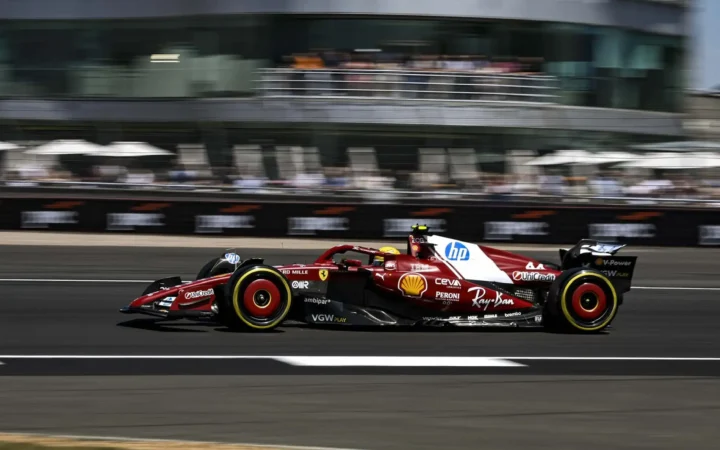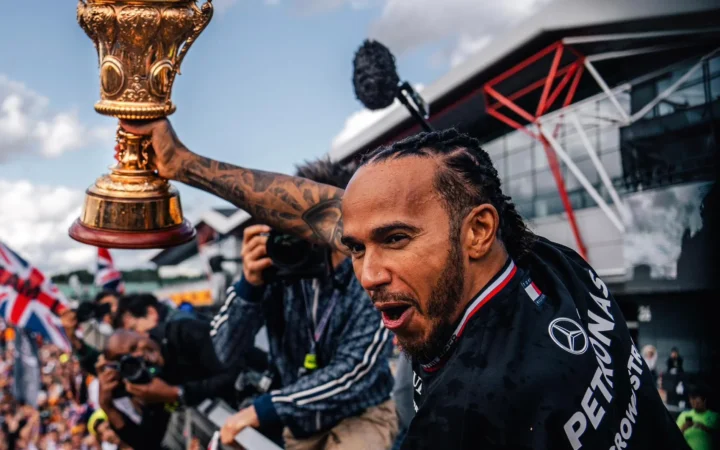Few rivalries in Formula 1 have been as intense and legendary as the one between Ayrton Senna and Alain Prost.
The 1988 Japanese Grand Prix, held on October 30 at the Suzuka Circuit, was the 15th and second-to-last round of the season and became the battleground for Ayrton Senna to claim his first-ever Drivers’ Championship.
You Might Like
1988 Drivers’ Championship
The 1988 season was dominated by the McLaren-Honda team, featuring two of the era’s greatest drivers, Brazilian Ayrton Senna and Frenchman Alain Prost. The McLaren MP4/4, powered by the Honda RA168E V6 turbo engine, was the class of the field, making for a season-long duel between the two drivers.
Ayrton Senna got off to a strong start in the 1988 season, with an astonishing eight consecutive pole positions and six wins in the first eight races. Prost, while undoubtedly quick, found it challenging to match Senna’s pace and intensity. Senna’s charismatic driving style and unwavering determination to win set the tone for what would come at Suzuka.
As the season concluded, the championship battle could only be one by either of the two McLaren teammates. With three races remaining, Senna had a 16-point lead over Prost, and the Japanese Grand Prix was the season’s penultimate race. The stakes were incredibly high; to claim the championship, Senna needed to maintain or extend his lead. And Suzuka, known for its challenging figure-of-eight layout and unpredictable weather, was the perfect setting for a championship showdown.
The championship mathematics were relatively straightforward: if Senna could clinch the victory at Suzuka, he would seize the title. However, if this win eluded him, the championship showdown would move to the following round, the season’s final race in Adelaide, Australia.
What happened in the 1988 Japanese Grand Prix?
Opening laps
The 1988 Japanese Grand Prix witnessed McLaren front row lockout, the 11th time the pair had lined up in P1 and P2 that season. However, the fortunes of the McLaren drivers took different paths on race day. Alain Prost, the lead McLaren driver, swiftly pulled ahead of Gerhard Berger and Ivan Capelli, while Ayrton Senna stalled on the sloping Suzuka grid. Fortunately, the unique grid angle allowed the Brazilian to bump-start his car, but his mistake dropped him to 14th place. Senna wasted no time mounting a remarkable charge through the field, gaining six positions in the first lap and overtaking Riccardo Patrese, Thierry Boutsen, Alessandro Nannini, and Michele Alboreto to secure fourth place by lap 4.
Derek Warwick and Nigel Mansell collided elsewhere on the track, both heading to the pits for a puncture and a new nose cone, respectively. Capelli, showing remarkable pace, set the fastest lap and successfully passed Berger on lap five, who was grappling with fuel consumption issues, to claim second place. On lap 8, Alboreto was nudged off track by Thierry Boutsen in the Benetton-Ford while occupying sixth place.
Mid-race battles
The race took a dramatic turn on lap 14 as rain began to fall on various sections of the circuit, favouring Senna’s skills in wet conditions. On lap 16, Capelli seized an opportunity to overtake Prost for the lead, marking the first time a non-turbo car had led a Grand Prix since 1983. Prost’s progress had been hindered by a spinning Lola, driven by Suzuki, at the chicane, and his gearbox troubles caused him to miss a gear coming out of the chicane, allowing the March car to pass. However, Prost’s loss of the lead was short-lived, as the Honda turbo engine’s extra power enabled him to retake the lead entering the first turn. Capelli attempted several overtakes but eventually retired three laps later due to an electrical failure.
Nigel Mansell’s race ended on lap 24 when he collided with the Lotus of Nelson Piquet while trying to lap him. Piquet, still recovering from a virus and experiencing double vision, soldiered on for another ten laps before retiring due to fatigue.
By this point, Senna was closing in on Prost rapidly. With a combination of traffic, Prost’s malfunctioning gearbox, and the challenging wet and dry track conditions, the odds were in favour of the Brazilian. On lap 27, while attempting to lap Andrea de Cesaris, Satoru Nakajima, and Maurício Gugelmin, Senna passed Prost as de Cesaris’s Rial held up the latter. Senna then unleashed a series of rapid laps, breaking the previous lap record and building a lead of over three seconds, even though he faced some delays while lapping Nakajima.
Final laps
Senna, now on slick tyres on a wet track, signalled for the race to be stopped, but it continued until the scheduled race distance. He finished the race 13 seconds ahead of Prost, securing his World Championship title. Thierry Boutsen claimed third, while Berger recovered to fourth after Alboreto impeded Nannini, who ultimately settled for fifth. Patrese crossed the line in sixth place, with Nakajima finishing in seventh.
With victory in Japan, Senna clinched the Drivers’ World Championship. In the 1988 scoring system, Prost could only add three more points to his total even if he won in Australia, which would give him 87 points. In such a scenario, Senna would still win the title, having secured more race wins (8 to 7). Senna’s victory in Japan was his eighth of the season, breaking the record for total wins in a single season at the time, a title previously held by Jim Clark in 1963 and Alain Prost in 1984.
Ayrton Senna’s first F1 Drivers’ World Championship
Ayrton Senna’s championship win was a defining moment in his career, with Senna remarking: “I started giving thanks during the last lap. I thanked God. It was incredible. I could not believe I was going to win the championship, despite all the anxiety and tension. I felt God’s presence. I have seen God, it was a very special moment for me. An indescribable feeling. I feel so much peace. It is as if someone had removed a huge weight from my shoulders and head. It is difficult to understand what it means be a World Champion.”
While Senna went on to win many more races, secure podiums and another two championships, the 1988 Japanese Grand Prix will stand as one of his most memorable performances. After all, there is only ever a first Drivers’ Championship, and they are never forgotten.
1988 Japanese Grand Prix Race Results
| Pos | Driver | Points |
|---|---|---|
| 1 | Ayrton Senna | 9 |
| 2 | Alain Prost | 6 |
| 3 | Thierry Boutsen | 4 |
| 4 | Gerhard Berger | 3 |
| 5 | Alessandro Nannini | 2 |
| 6 | Riccardo Patrese | 1 |
| 7 | Satoru Nakajima | |
| 8 | Philippe Streiff | |
| 9 | Philippe Alliot | |
| 10 | Maurício Gugelmin | |
| 11 | Michele Alboreto | |
| 12 | Jonathan Palmer | |
| 13 | Pierluigi Martini | |
| 14 | Julian Bailey | |
| 15 | Luis Pérez-Sala | |
| 16 | Aguri Suzuki | |
| 17 | René Arnoux | |
| Ret | Andrea de Cesaris | |
| Ret | Eddie Cheever | |
| Ret | Nicola Larini | |
| Ret | Nelson Piquet | |
| Ret | Nigel Mansell | |
| Ret | Alex Caffi | |
| Ret | Ivan Capelli | |
| Ret | Derek Warwick | |
| Ret | Bernd Schneider | |
| DNQ | Stefan Johansson | |
| DNQ | Oscar Larrauri | |
| DNQ | Piercarlo Ghinzani | |
| DNQ | Stefano Modena | |
| DNPQ | Gabriele Tarquini |
1988 Post-Race F1 Championship Standings
1988 Post-Race F1 Drivers’ Championship Standings
| Pos | Driver | Points |
|---|---|---|
| 1 | Ayrton Senna | 87 |
| 2 | Alain Prost | 84 |
| 3 | Gerhard Berger | 41 |
| 4 | Thierry Boutsen | 29 |
| 5 | Michele Alboreto | 24 |
1988 Post-Race F1 Constructors’ Championship Standings
| Pos | Constructor | Points |
|---|---|---|
| 1 | McLaren-Honda | 184 |
| 2 | Ferrari | 65 |
| 3 | Benetton-Ford | 44 |
| 4 | Arrows-Megatron | 20 |
| 5 | March-Judd | 19 |
Seen in:

